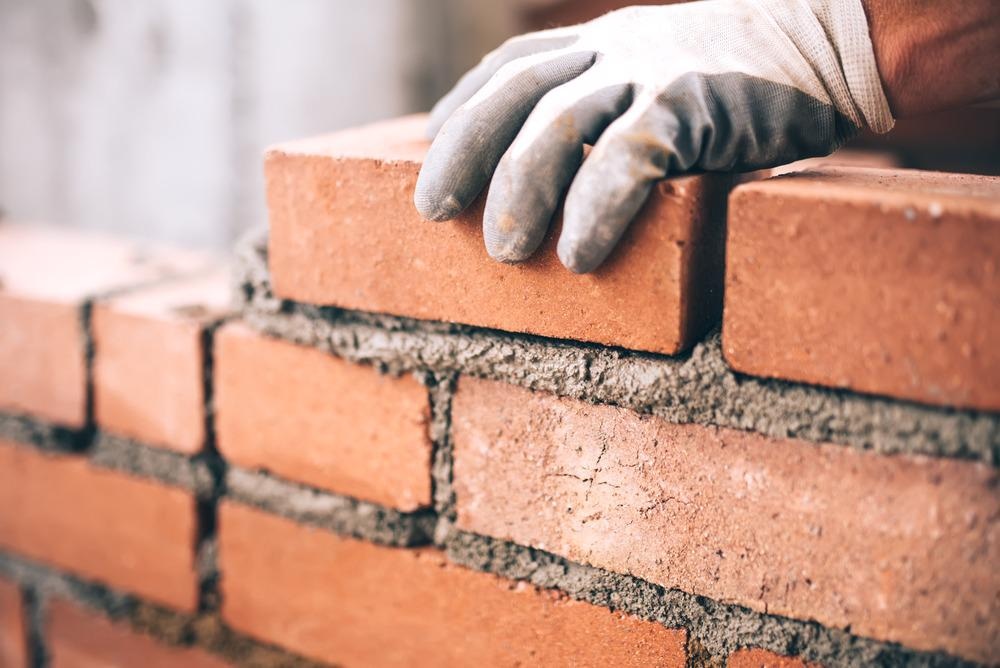According to a research article published in the journal Construction Materials, a group of researchers conducted a sustainability analysis related to the prevention of the development of fungus in building structures using nanotechnology.

Study: Sustainability Analysis of Interior Coatings for the Prevention of Fungal Development. Image Credit: bogdanhoda/Shutterstock.com
The oldest mortars discovered in Galilee, in the modern-day state of Israel, date back over 10,000 years and use binders like aerial lime and gypsum.
The cisterns of Jerusalem constructed during the Phoenician era employed hydraulic lime mortars as a binder.
Predominant Binders
Portland cement was the predominant binder in Portugal around the turn of the century.
Due to its shorter curing time and ease of usage, it has replaced hydraulic lime and hydrated lime and storage, as well as improved mechanical performance.
On the other hand, Portland cement performs poorly because of its high rigidity and breaking susceptibility when applied to aged buildings. Due to their high level of degradation, restoring part or all of the coatings in old structures is required.
Hydraulic lime has recently been identified as a good binder for generating high-grade coatings for old buildings as a result of various investigations.
Nanomaterials are playing an increasingly essential role in civil engineering and a wide range of scientific fields.
Nanotechnology and Improved Efficiency of Binders
Nanotechnology is regarded as one of the most promising future technologies. Materials' quantum mechanical characteristics at the nanoscale (less than 100 nanometers) are crucial for the creation of new products and applications.
TiO2 is one of the most investigated nanomaterials by the scientific and industrial communities.
Nanofibers containing silver and copper are excellent for preventing mold in buildings and can be used instead of traditional approaches, such as spraying biocides and paints.
Importance of Photo-Catalytic Coatings
Photocatalytic coatings using silver and silica nanoparticles have been proposed as a method to reduce microorganism contamination in buildings.
Fungi can be found in a variety of places, including inside structures.
Alternaria, Cladosporium, and Epicoccum are the most commonly encountered genera in communities in moderate-to-humid climate zones. The development of fungi on the surface, in cracks, and inside the pores of walls and ceilings are substantially to blame for the degradation in the quality of both building surfaces and the environment.
Research Finding and Conclusion
Seven mortars with various dosages of nano-TiO2 and micro granulated cork additives were investigated and compared to a plain mortar in this study.
The researchers revealed that mortar has the potential to harm the environment, particularly in urban areas.
Its lime content contributes to CO2 emissions. Despite the limited data, they deduced that because these mortars have antifungal qualities, they will last longer.
As a result, they will have a far lesser environmental impact than a simple mortar. Furthermore, they discovered that A2 (mortar with 4% TiO2) is the mortar with the best antifungal performance. In addition, the sample had a strong environmental performance.
B1 (mortar with 2% cork) mortar achieves the finest environmental results. They confirmed that A2 and B1 mortars perform well and can be used in construction by analyzing the mechanical results.
The team concluded from this research that Nano- and micro-additive mortars containing TiO2 and cork work better in the environment than currently employed mortars.
Reference
Jeronimo, A., Bragança, L., and Aguiar, B. (2022). Sustainability Analysis of Interior Coatings for the Prevention of Fungal Development. Construction Materials. Available at https://www.mdpi.com/2673-7108/2/1/3
Disclaimer: The views expressed here are those of the author expressed in their private capacity and do not necessarily represent the views of AZoM.com Limited T/A AZoNetwork the owner and operator of this website. This disclaimer forms part of the Terms and conditions of use of this website.